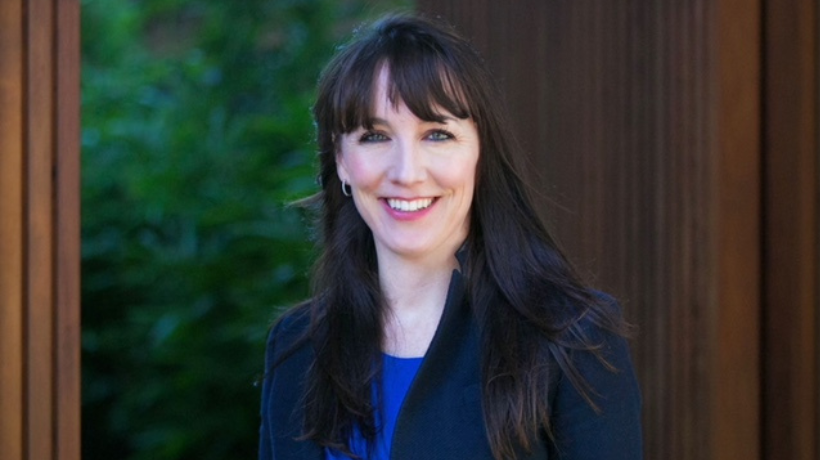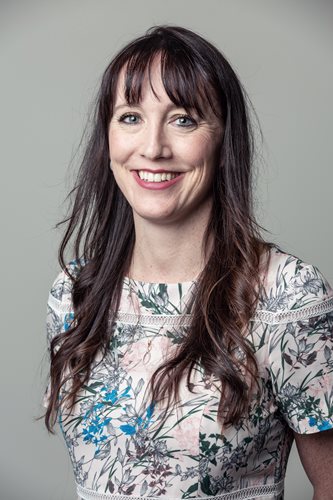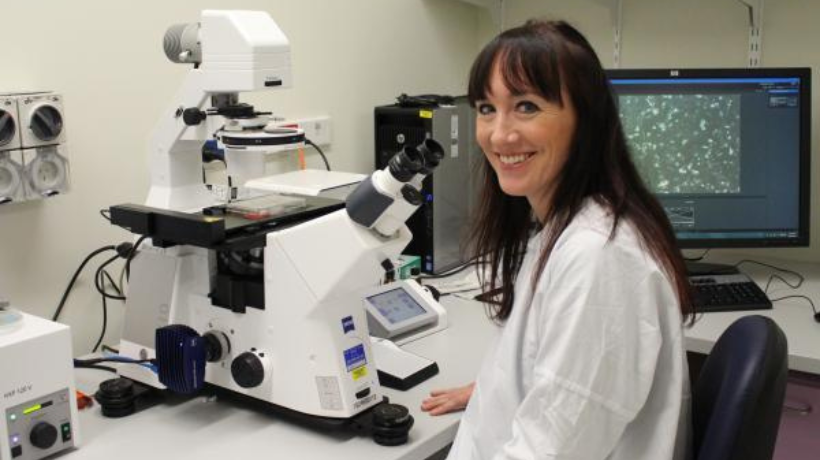Solving the problem of unacceptable toxicity in treatment

In July this year a thought-provoking paper was published in respected medical journal The Lancet, one that helped define the idea of ‘unacceptable toxicity’ of treatment.
A total of 21 severe toxicities were defined. They’re characterised as severe adverse health conditions that substantially and negatively affect daily life and are difficult or impossible to treat, or require substantially invasive treatment.
The list included refractory seizures, blindness and cardiac issues that lead to a need for cardiac transplantation.
“What the paper was trying to do was define the side effects of therapy that if you knew you would suffer from one of them as a result of being treated,you might have thought twice about actually having the therapy in the first place,” says Associate Professor Rachel Conyers, a paediatric, adolescent and young adult malignant haematologist oncologist.
Read more: Behind the science: Dr Rachel Conyers.
Dr Conyers, also a Clinician Scientist at Murdoch Children’s Research Institute, was part of the Ponte De Legno Acute Lymphoblastic Leukaemia Toxicity Working Group who co-authored the paper, titled Severe toxicity free survival: physician-derived definitions of unacceptable long-term toxicities following acute lymphocytic leukaemia, with an international working group of researchers.

“The term ‘unacceptable toxicity’ refers to lifelong, significant health side-effects,” she says. “I was the lead for cardiac toxicity in the working group along with other Australian and International researchers. The list of 21 toxicities we agreed on, the really nasty side-effects, will inform the next steps in research.”
It’s about individualising treatment, not refusing it
The list of defined, unacceptable toxicities offers researchers a guide to further work around figuring out methods of identifying which patients are genetically predisposed to such side-effects.
“The next step is looking for those side effects in patients and then looking at their genetics to do an investigation in pharmacogenetics, which is all about the association between a gene, a drug and a side-effect,” Dr Conyers says.
The goal of pharmacogenetics is to make medications safer for the individual, so they avoid significant and potentially life-long side effects from taking medications.
“Once we’ve done that work, we will define a set of genes that predispose you to those unacceptable toxicities,” she says. “Patients will be screened for these genes (via a blood test) at the beginning of therapy and the result of that screen will be that you either modify drug doses, change the drug entirely, or monitor levels of the drug.”

Another challenge for clinicians and researchers is to demonstrate that toxicity can be avoided through the fine-tuning of therapies without affecting survival rates. In fact, this is already the case for some medications, particularly in the treatment of leukemia.
Where to next?
The next practical steps involve collaboration on a large scale, Dr Conyers says.
“Unacceptable toxicities happen in about five per cent of the patients we see,” she says. “Whenever you’re looking at trying to associate a gene with a toxicity, you need large numbers of patients to do that. So collaboration is key.”
There is already a major international effort in pharmacogenetics to collaborate, to pool resources and expertise in order to supercharge research efforts. That’s important, because the process of identifying particular genetic associations and figuring out the actions that can and should be taken around that association is a long one.
Find out more: UPDATE Behind the science: Dr Rachel Conyers.
"Then, clinically, what we need is a stepwise process around how we introduce acting on those genes in the clinic,” Dr Conyers says. “What we need to prove is that if we do alter drug doses, or we change drugs, there’s no decrease in a patient's survival.”
Until recently, pharmacogenetics has not been that easy to get funded!
Now however, the individualisation of treatment at a genetic level is becoming a reality across various therapies. A greater understanding of its value is beginning to develop.
“For years, people have asked why I’m concentrating on drug side effects,” she says. “Curing cancer is really sexy, people have told me, so why don’t I do that?”
“But in the last two to three years, particularly in childhood leukemia where the survival rates are now pushing 90 per cent, there has been a pivot in the focus towards trying to avoid toxicities. And pharmacogenetics more broadly across Australia is growing. There’s definitely been a shift, and with that has come collaboration. The future is very exciting.”

